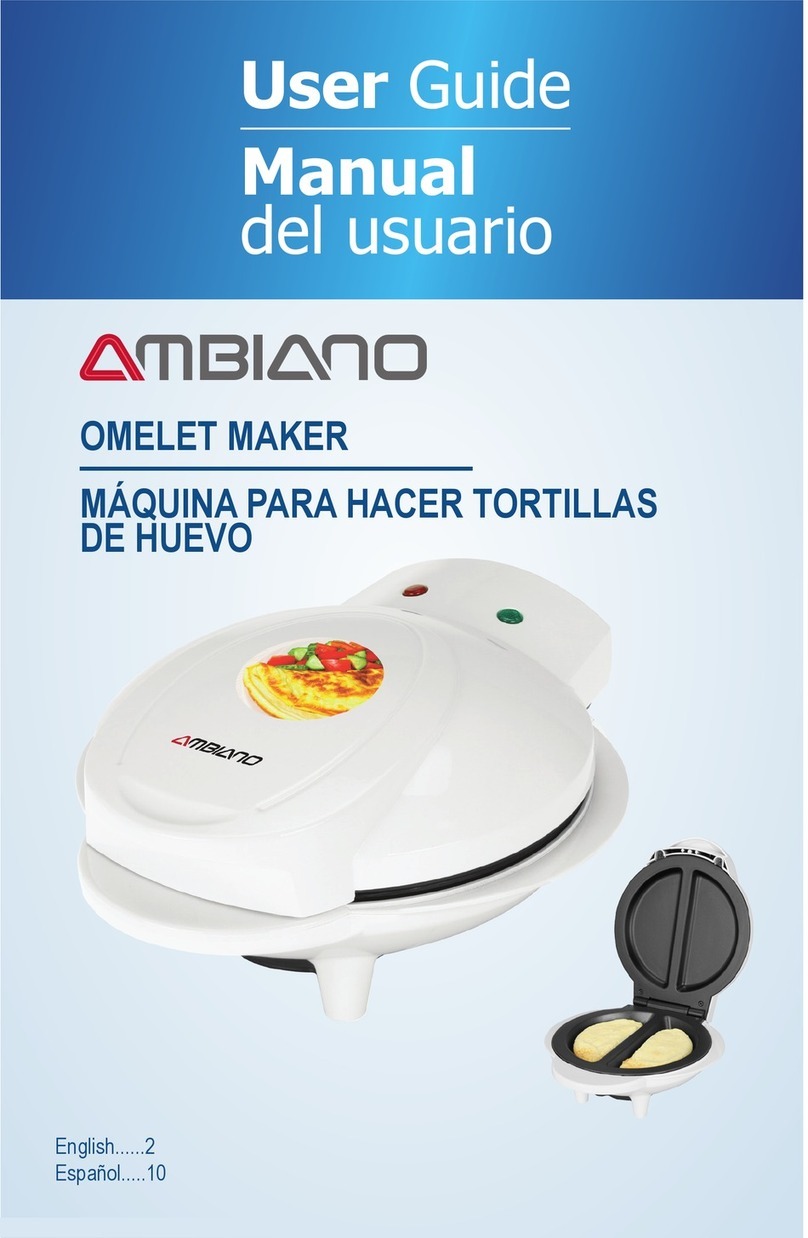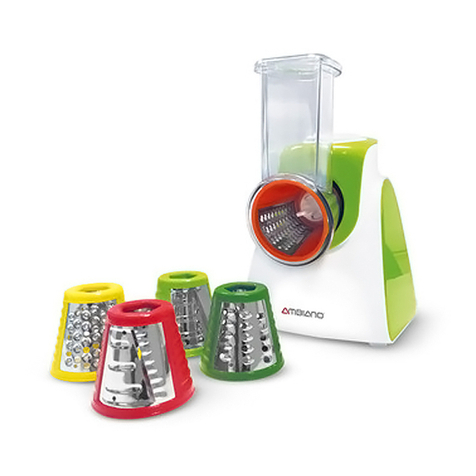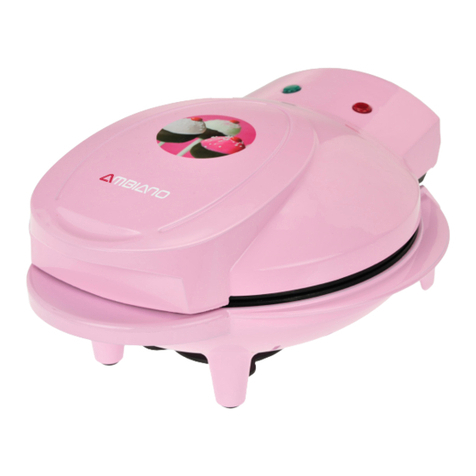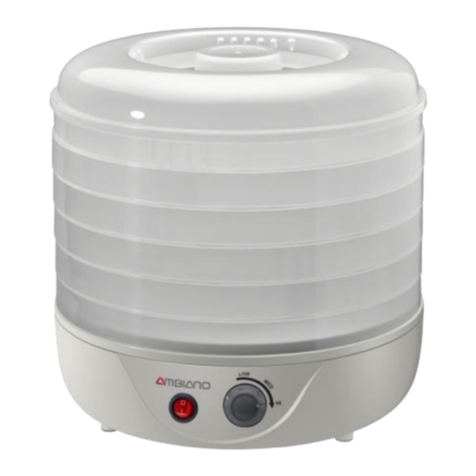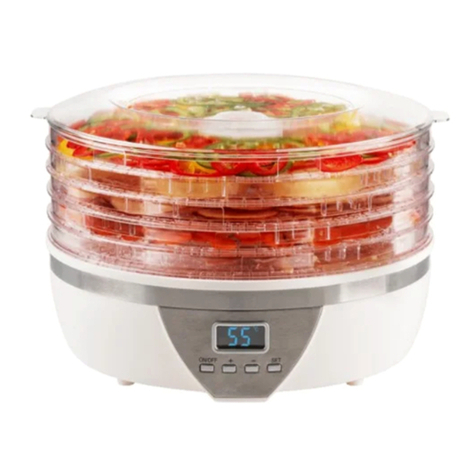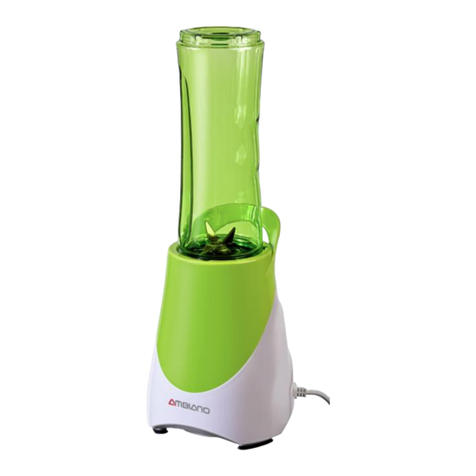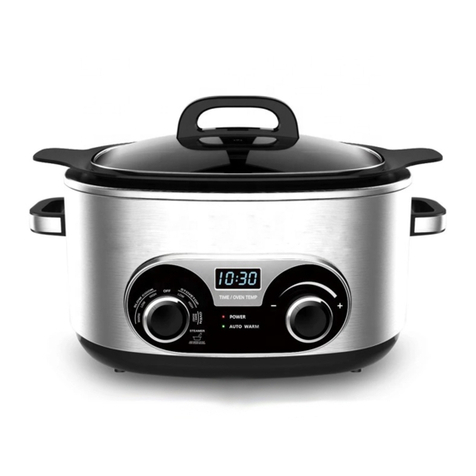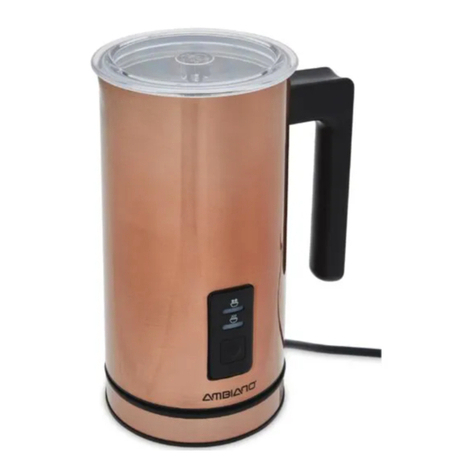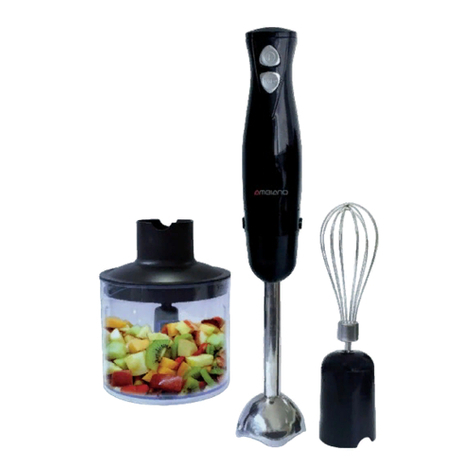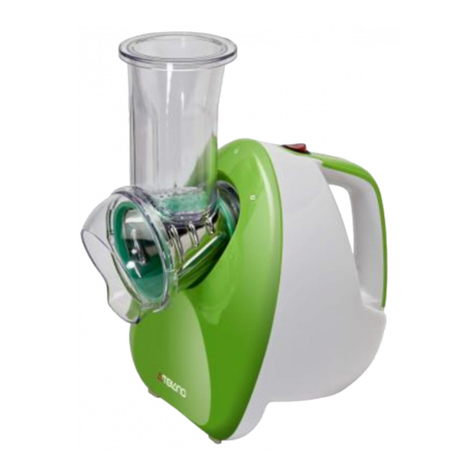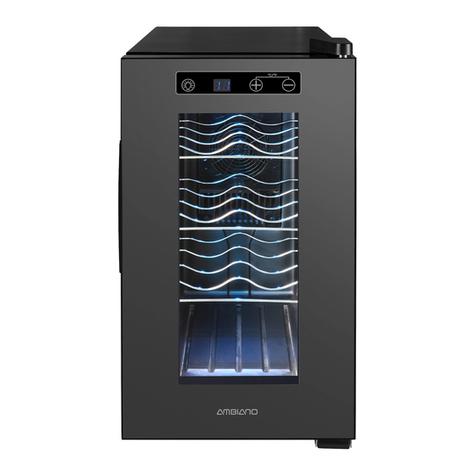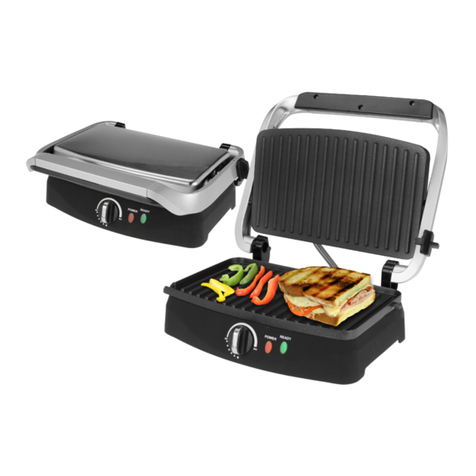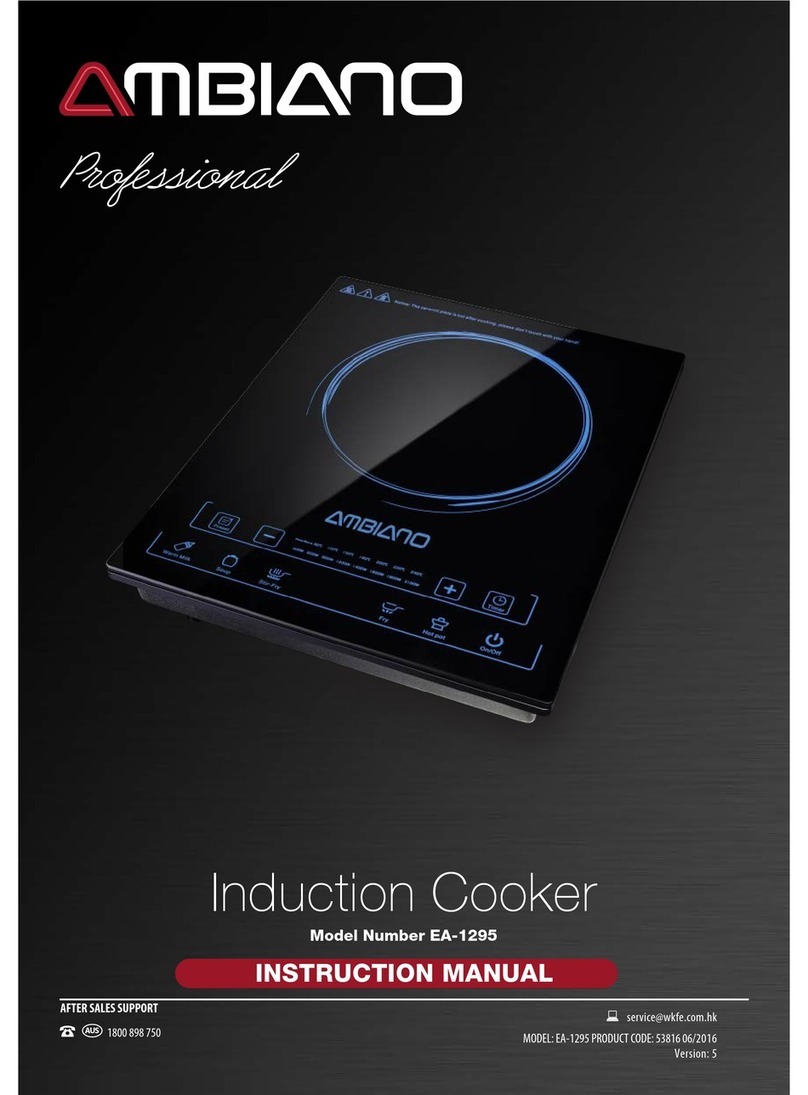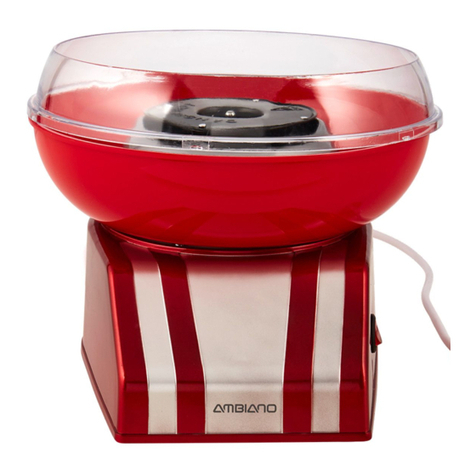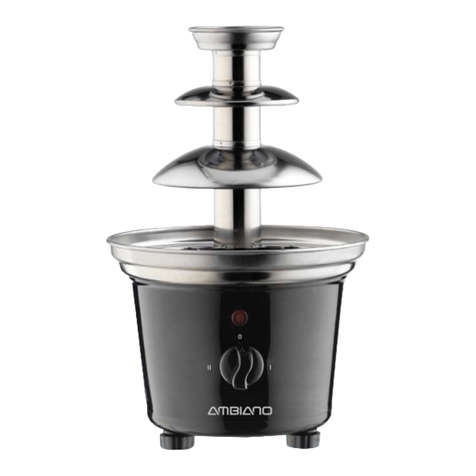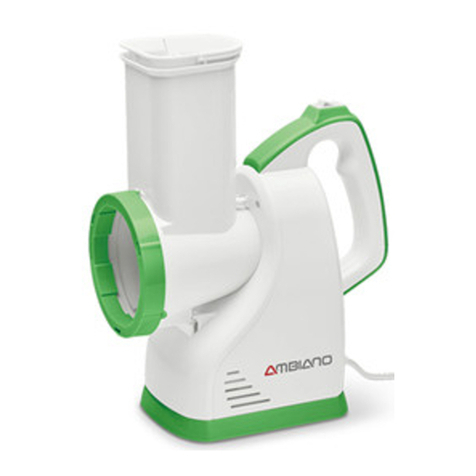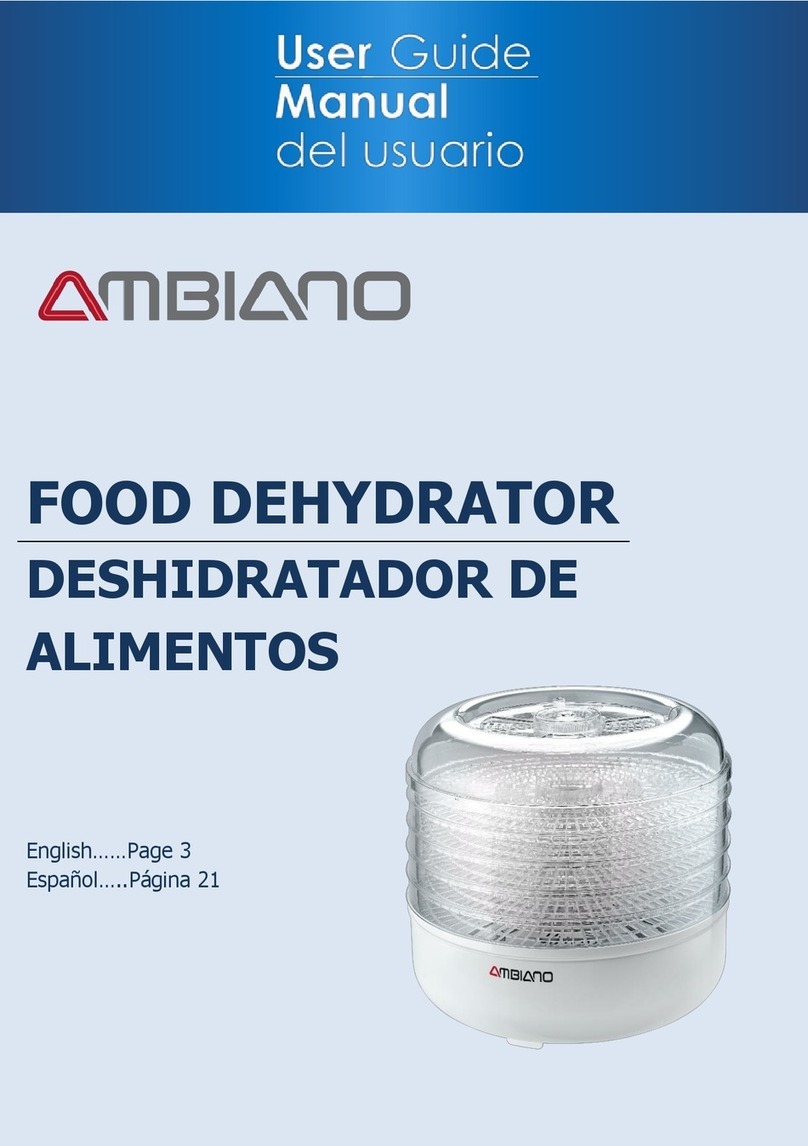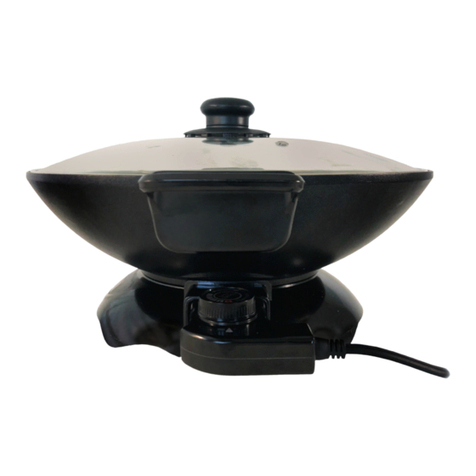
Dok./Rev.-Nr. 197115_20190626
Overview .............................................................................3
Use........................................................................................4
Package contents / parts....................................................5
General ................................................................................6
Read and retain the user manual ......................................... 6
Explanation of symbols .......................................................... 6
Safety ................................................................................... 7
Proper use..................................................................................7
Safety instructions....................................................................7
First use...............................................................................11
Checking the dehydrator and the package contents........11
Basic cleaning...........................................................................11
Assembling the dehydrator...................................................11
Heating process before first use .......................................... 12
General information on dehydrating foods ....................... 12
Before dehydrating............................................................12
What you should take into account...................................... 12
Preparing foods ...................................................................... 13
Dehydration table ............................................................. 13
The dehydration process .................................................. 16
Fill up the dehydrators...........................................................16
Starting the dehydration process ........................................16
During dehydration................................................................ 17
Replacing and turning the drying grid............................... 17
Pausing/stopping the dehydrating process...................... 17
Ending the dehydraton process...........................................18
Storing dehydrated foods ................................................ 18
Preparing dehydrated food ............................................. 18
Cleaning............................................................................. 19
Storage ..............................................................................20
Technical data ...................................................................20
Disposal..............................................................................20
Disposing of the packaging ................................................. 20
Disposing of dehydrator....................................................... 20
Warranty details.................................................................21
Repair and refurbished goods or parts notice................ 22
Contents
